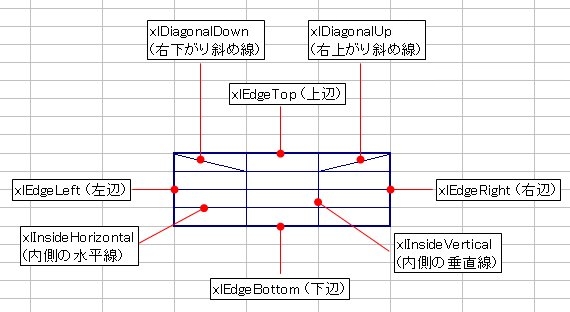

And they include unproductive work and procurement practices. They include non-compliant construction work and shoddy businesses. The issues are systemic and go well beyond materials. They need a very deep understanding of a construction industry that has been broken for a long time. The reality is that the challenges confronting the issues of standards, compliance and certifications today are very complex. It is no wonder that the public utterances in the case of events like the fires in Melbourne and more recently the UK are left to the more opportunistic and self-justifying spokespersons that the media are happy to deliver, along with graphic accounts in the evening news. A dysfunctional status quo at the root of non-conforming materials inquiryĪt best the Australian construction industry is characterised by the sometimes-united federation of Australian states and territories, and the various industry associations who fight for the preservation of a dysfunctional status quo, which goes to the root of this inquiry. There is no national approach to modernising the Australian construction industry. These strategies lack any measurable purpose to demonstrate how a modern construction industry will deliver “more for less”.įor now, these strategies seem more about a glad-bag of research grants and vendor driven offerings that mostly avoid the rigour of a serious value proposition or business plans. The Victorian and South Australian governments are trying to salvage something from the scrapheap of the motor vehicle industry by trying to transfer advanced manufacturing capabilities into construction. Most of Australia’s large construction and engineering companies have dedicated offshore procurement offices. That seems unlikely.īut, wood products are not the only construction input losing out to the growing trends to off-site-manufacture and offshore supply channels. This is despite the growing trade deficit in value added wood products such as Cross Laminated Timber now exceeding $4 billion a year.įor Australia to turn around some of these business flows, it would take 20 years of determined forest policy and planting. For example, forestry and wood products are accounted with fish.
#Vbag borders full
The national accounts do not fully reflect the full scope or impact of the industry in the economy or on jobs. Some industries such as steel account for far less. The Australian and New Zealand construction industries represent about three per cent of global construction turnover, which is expected to reach US$15 trillion (AU$19.8 trillion) by 2025.

They should be able to get on with delivering on their responsibilities, with appropriate accountability and without unnecessary interference from the Commonwealth.” “The Commonwealth respects the States and Territories … are sovereign in their own sphere.


The first COAG communique in December 2013 stated: At a time when many governments worldwide are recognising the need to make their construction industries more competitive and productive in the face of forces reshaping the industry, Australian governments seem to be headed in the opposite direction.ĭespite the efforts to achieve a more unified approach to modernising the industry up to 2013, this was dealt a significant blow soon after the election of the Coalition government led by Tony Abbott.


 0 kommentar(er)
0 kommentar(er)
